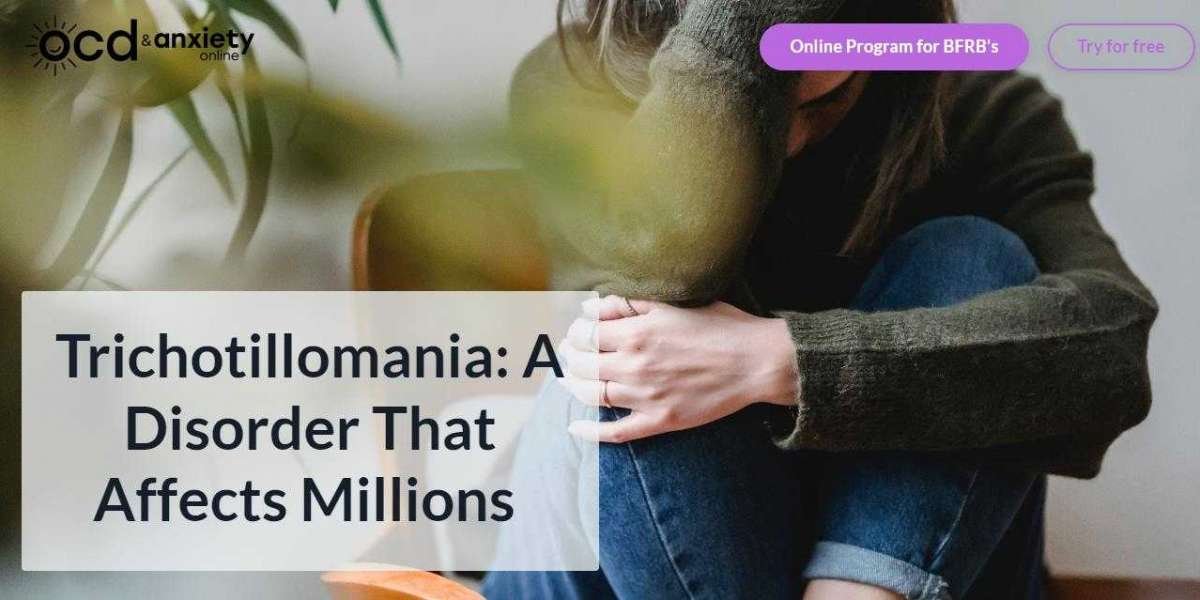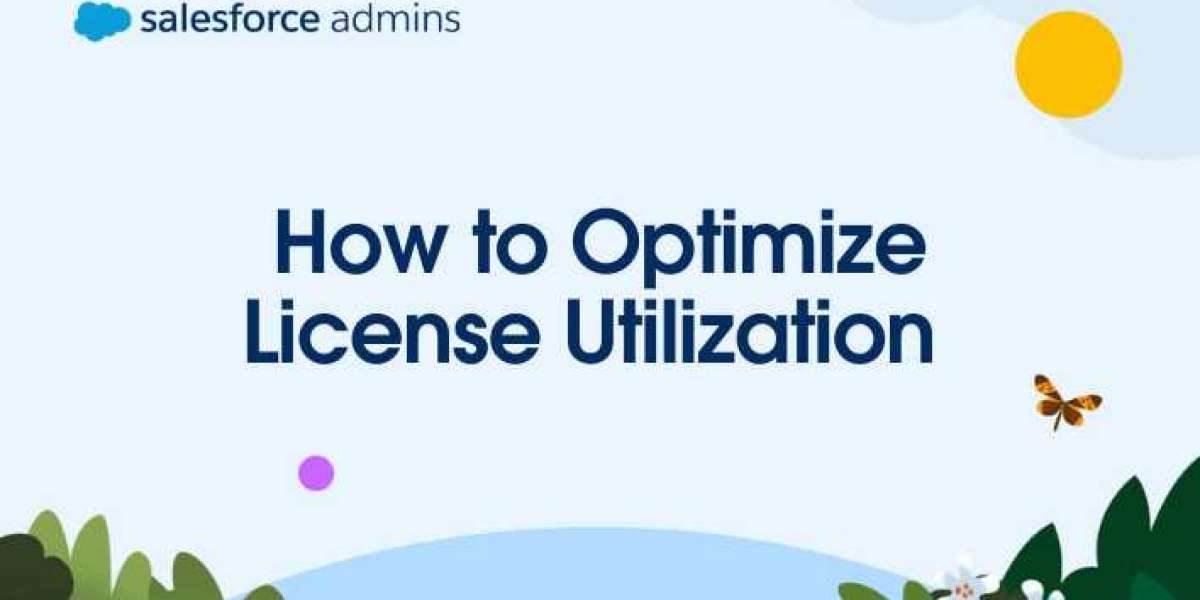Trichotillomania and nail biting are common behaviors that often stem from various underlying factors such as stress, anxiety, or compulsive tendencies. Trichotillomania, characterized by the irresistible urge to pull out hair, and nail biting, a habit often linked with nervousness or boredom, can significantly impact an individual's self-esteem and overall well-being. Fortunately, there are various strategies and treatments available to help individuals overcome these compulsive behaviors and regain control over their actions.
Trichotillomania, often referred to as "hair-pulling disorder," is a mental health condition categorized by the recurrent urge to pull out hair from the scalp, eyebrows, eyelashes, or other body parts, leading to noticeable hair loss. Individuals with trichotillomania may experience tension or a sense of relief after pulling out hair, yet often feel shame or guilt afterward.
Several treatments and strategies can help manage and overcome trichotillomania:
Cognitive Behavioral Therapy (CBT): CBT techniques, such as habit reversal training, aim to identify triggers and replace hair-pulling behaviors with healthier alternatives. Therapists work with individuals to develop coping mechanisms and change negative thought patterns associated with the urge to pull hair.
Medication: In some cases, doctors may prescribe medications, such as selective serotonin reuptake inhibitors (SSRIs), to help reduce the urges and symptoms associated with trichotillomania.
Support Groups and Counseling: Joining support groups or seeking counseling can provide a sense of community and understanding. Sharing experiences with others facing similar challenges can be empowering and offer valuable insights into managing the condition.
Nail biting, also known as onychophagia, is a common habit that often develops as a response to stress, anxiety, boredom, or even as a subconscious behavior. Similar to trichotillomania, overcoming nail biting involves a combination of strategies and techniques:
Awareness and Replacement Behaviors: Identifying triggers that lead to nail biting and replacing this habit with healthier activities, such as using stress balls or chewing gum, can redirect the urge and gradually diminish the habit.
Keep Nails Trimmed and Well-Groomed: Maintaining short nails and employing manicures or clear nail polish can act as deterrents, making it less satisfying or accessible to bite nails.
Reward System: Implementing a reward system for successfully refraining from nail biting can positively reinforce desired behavior and motivate individuals to continue their efforts.
Trichotillomania and nail biting are challenging behaviors, but with dedication and the right approach, individuals can effectively manage and overcome these habits. Seeking professional help, utilizing various therapies, and adopting healthy coping mechanisms are key steps toward breaking the cycle of compulsive behaviors. Remember, progress may take time, but each step toward stopping hair pulling and nail biting is a significant achievement toward a healthier, happier life.














